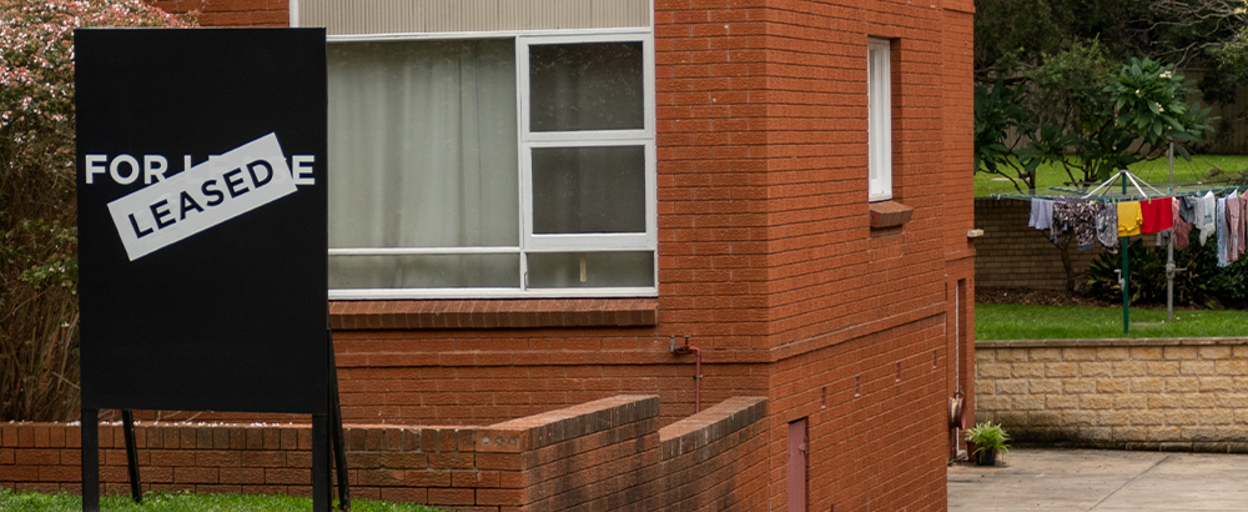- 08 May 2025
- 3 min read
- By Claire Ryan
Queensland’s rental market: A New Year, even fewer options
Queensland’s rental market has started 2025 with even fewer options for tenants, as vacancy rates continue to tighten across most of the state in the March 2025 quarter, with the number of tightening regions outweighing those that eased.
According to the Real Estate Institute of Queensland’s (REIQ) latest Residential Vacancy Rate Report, released today, 24 of the 50 regions tightened, 12 held steady, and just 14 saw any relief.
The statewide vacancy rate has slipped from 1.0% to 0.9% – breaking a three-quarter period of steady conditions and reinforcing the entrenched strain on rental supply.
Notably, the pressure is being felt across most of the state, with 38 out of 50 local government areas (LGAs) and subregions reporting vacancy rates of 1.0% or less – this puts it firmly in ‘tight’ territory and far below the REIQ’s healthy benchmark of 2.6–3.5%.
REIQ CEO Antonia Mercorella said Queensland’s rental market has started 2025 with even fewer rental options, with vacancy rates tightening in nearly half of the report’s regions.
“The pressure continues to mount in our inner and outer suburban areas – particularly in Brisbane and surrounds, which recorded one of the most notable tightening movements this quarter,” Ms Mercorella said.
“However, despite these results, property managers are reporting more subdued letting activity, increased days on market, and lessors being more careful with tenant selection.
“This paradox of lower activity despite a tight market reflects some fatigue on both sides: many renters are being priced out, stretching too far, or grouping up to rent, while lessors are holding firm on terms and expectations due to rising costs and more onerous legislative requirements.”
Brisbane LGA’s vacancy rate dipped to 1.0%, with surrounding regions like Pine Rivers, Redcliffe, and Moreton Bay now sitting between 0.6% and 0.7%. Inner Brisbane (0–5km radius) saw a more modest easing to 1.2% but remains tight by market standards.
At the more extreme end, Cook and Goondiwindi both recorded 0.0% vacancy, meaning virtually no lasting rental availability. A further 16 regions - including Maryborough, Toowoomba, Caloundra Coast, and the Southern Downs - reported rates at or below 0.5%.
On the other end of the scale, Noosa’s vacancy rate rose to 2.0%, making it the most significant relaxation in this quarter’s report. However, this is unlikely to offer much comfort to renters, as price points in those areas remain largely out of reach for everyday Queenslanders. Vacancy doesn’t automatically equate to accessibility.
The Bay Islands (2.5%) and Isaac (3.2%) remain the only regions in the ‘healthy’ range, but these areas are the exception, not the rule.
Ms Mercorella said there’s little doubt that structural undersupply remains the key driver of the crisis, and that policy settings must do more to incentivise private investment and fast-track new housing supply.
The March 2025 building approvals data released by the ABS this week revealed that the pipeline of new housing construction is well below the required volume to meet the National Housing Accord target.
For Queensland to contribute its fair share to the target, the pipeline must include 4,100 new dwellings each month. However, in March 2025, there were only 3,116 dwellings approved in seasonally adjusted terms and there is no sign of an upward trend. The ABS’s trend estimate for building approvals has fallen from 3,120 in July 2024 to 2,957 in March 2025.
“Queensland's stubbornly tight rental conditions are symptomatic of years of underinvestment in housing supply, compounded by rapid population growth,” she said.
“There’s no silver bullet, but the solution lies in one thing: more housing.
“We continue to see a severe imbalance between supply and demand in Queensland’s rental market, and it is crucial that we focus on addressing the roadblocks that are preventing new housing from coming online.
“Whether it’s investing in enabling infrastructure, land release, or planning reforms, all levels of government must work together to ensure that there are enough properties available to meet demand.
“Until all levels of government focus on cutting red tape, fast-tracking approvals, and removing barriers to private investment, these numbers will not meaningfully improve.”
The last phase of rental reforms for Queensland came into effect from 1 May 2025. With tenancy legislative change and the Federal election result behind us, and the Reserve Bank’s next cash rate decision in the next fortnight, the REIQ expects greater certainty to return to the market - encouraging more long-term decision making from buyers, sellers, and investors.
Fast facts: March Quarter 2025
- Queensland Vacancy Rate: 0.9% (down from 1.0%)
- Tightest Vacancy Rates: 0.0% in Cook and Goondiwindi, and 0.1% in Charters Towers.
- Highest Vacancy Rates: 3.2% in Isaac, 2.5% in Bay Islands, and 2.0% in Noosa.
- Biggest falls: Bay Islands by -1.0 percentage points, Livingstone tightened by -0.5 percentage points, and Greater Brisbane, Brisbane LGA, Ipswich, Logan, Redland, Gympie and Cassowary Coast all fell by -0.3 percentage points.
- Biggest rises: A +0.8 percentage point increase in vacancy in Noosa, and a +0.3 percentage point relaxation in Banana.
The REIQ classes rental markets into three categories; tight, healthy, or weak. These markets are classified according to vacancy rates:
0 - 2.5% = tight
2.6 - 3.5% = healthy
3.6% - plus = weak
ENDS
Media enquiries:
Claire Ryan, Media and Stakeholder Relations Manager, The Real Estate Institute of Queensland
M: 0417 623 723 E: media@reiq.com.au
REIQ members can access the REIQ's residential vacancy rate spreadsheet in the member portal.
Read another media release from the REIQ: Election result opens window of opportunity for housing, says REIQ.
Or browse our suite of media releases.
You may also like
View All Articles
View All Articles


Start your Real Estate Career
Need help? 1300 697 347 or contact us




